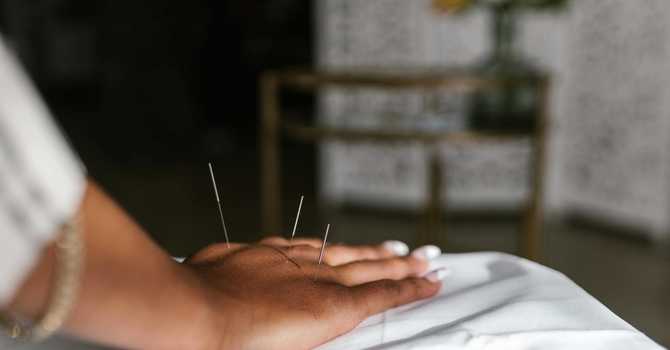
Chronic joint pain and degeneration aren’t just caused by age or injuries
— what you eat plays a powerful role in how fast your joints break down over time. One of the most damaging processes is called
glycation — a biochemical reaction triggered by excess sugar intake.
What Is Glycation? Glycation is when sugar molecules (especially glucose and fructose) attach to proteins, without the help of enzymes. This creates Advanced Glycation End Products (AGEs) — sticky, toxic compounds that: Stiffen soft tissues Interfere with normal collagen repair Cause chronic inflammation Lead to joint breakdown over time
How Glycation Affects the Joints — Head to Toe
1. Knee & Hip Joints These joints rely on smooth cartilage and shock-absorbing synovial fluid. Glycation stiffens collagen and damages cartilage, making it more brittle and prone to tears. AGEs also affect ligaments and tendons, reducing flexibility and increasing injury risk (e.g., meniscus tears, labrum degeneration). Over time: This leads to osteoarthritis, chronic pain, and loss of mobility — especially in weight-bearing joints like the knees and hips.
2. Shoulder Joint (Glenohumeral and Rotator Cuff Complex) The shoulder needs flexible tendons and a stable labrum to move properly. Glycation causes tendinopathy, rotator cuff tears, and labral fraying due to collagen breakdown. It also increases bursal inflammation and reduces healing potential after injury. Over time: You may develop impingement syndromes, frozen shoulder, or chronic rotator cuff injuries even with minor activity.
3. Spinal Joints & Discs The intervertebral discs rely on hydrated collagen to function like shock absorbers. Glycation stiffens the annulus fibrosus and dries out the nucleus pulposus → disc desiccation, tears, and degeneration. AGEs also affect facet joints and ligamentum flavum, contributing to spinal stenosis and facet arthropathy. Over time: Glycation accelerates disc degeneration, contributing to back pain, radiculopathy, and postural instability.
4. Smaller Joints (Hands, Ankles, Feet) Glycation affects the synovium, tendons, and capsular tissues of smaller joints. Increases the risk of trigger finger, tendon stiffness, and early osteoarthritis, especially in diabetics and those with high-sugar diets.
The Vicious Cycle: Sugar → Inflammation → Injury When AGEs build up: Joints lose their ability to absorb force Cartilage becomes thin and cracked Healing is slowed or stopped Even mild wear and tear leads to degenerative changes
Who's at Risk? People with
high-sugar diets Diabetics (glycation is much higher in uncontrolled blood sugar) Sedentary individuals (low joint circulation = more AGE accumulation) Aging adults (natural decline in collagen + higher AGE buildup)
Protecting Your Joints: Lifestyle Strategies
1. Cut the Sugar Limit soda, pastries, candy, and white carbs Choose whole foods with a low glycemic index
2. Move Daily Physical activity helps flush AGEs and increase joint nutrition
3. Stay Hydrated Water supports collagen and disc hydration
4. Use Anti-Glycation Nutrients Eat foods rich in vitamin C, alpha-lipoic acid, turmeric, green tea, and magnesium
5. Support Your Joints Use therapeutic exercises to keep joints moving correctly and reduce stiffness
Bottom Line Glycation ages your joints from the inside out.
If you're dealing with joint pain, stiffness, or degeneration, it's time to look beyond wear and tear — and start thinking about your sugar intake.
Controlling blood sugar may be just as important as physical therapy in preventing and managing joint disease.

David Tejada
Contact Me



